Why did Popcat price jump 33%?
Popcat price has surged 33% after a technical breakout following a short squeeze. Whale buying and Binance listing rumors fueled the price jump. Analysts eye a short-term resistance at $0.2342. Popcat, a meme coin built on the Solana blockchain and inspired by the viral meme, has surged 33% over the past 24 hours, sparking curiosity […] The post Why did Popcat price jump 33%? appeared first on CoinJournal.
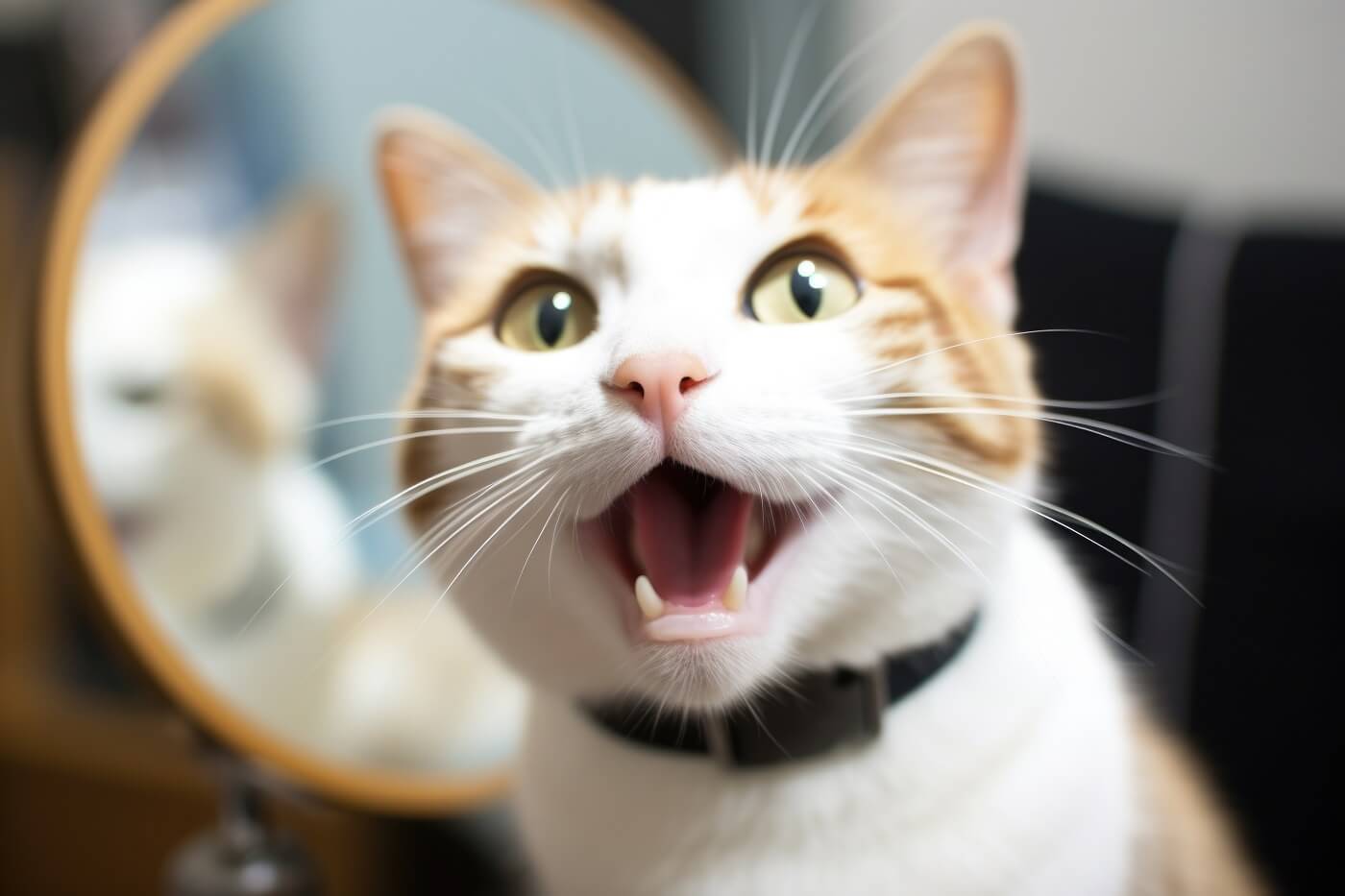
- Popcat price has surged 33% after a technical breakout following a short squeeze.
- Whale buying and Binance listing rumors fueled the price jump.
- Analysts eye a short-term resistance at $0.2342.
Popcat, a meme coin built on the Solana blockchain and inspired by the viral meme, has surged 33% over the past 24 hours, sparking curiosity among crypto enthusiasts.
This memecoin recently broke free from a downward trend, igniting a chain reaction of buying activity.
Why is the POPCAT price rising?
Notably, unlike stablecoins or utility tokens, meme coins like Popcat thrive on volatility, often driven by community hype and speculative trading.
Turning to POPCAT, the dramatic price increase stems from a mix of technical breakthroughs and shifting market dynamics unique to this playful token.
For weeks, Popcat’s price had been trapped under a descending trendline, a technical barrier signaling persistent selling pressure.
However, in the past few days, trading volume spiked as the price pushed against this resistance, hinting at a shift in trader sentiment.
When it finally broke through, technical analysts cheered the breakout, viewing it as a bullish signal that drew in more buyers.
Adding fuel to the fire, heavy short positions amplified the surge through a classic market phenomenon.
Traders betting on Popcat’s decline were caught off guard by the breakout, forcing them to buy back tokens to cover their losses amid huge liquidations.
This short squeeze created a feedback loop of demand, pushing the price even higher in a matter of hours.
Such dynamics are common in the meme coin arena, where rapid swings can punish overconfident short sellers.
Whale activity likely played a role as well, with large investors snapping up Popcat tokens in bulk.
In a market with relatively low liquidity, these big buys can send prices soaring, especially if timed with a technical rally.
Historical precedent exists—last August, a whale’s 10 million token purchase boosted Popcat’s price significantly. A similar move, though not yet confirmed, could result in an even higher price surge.
Speculation about a Binance listing has also stirred the pot, with whispers of Popcat being part of the next batch of the exchange’s Vote to List Campaign.
Even without official confirmation, such rumors often trigger buying frenzies as traders anticipate broader exposure and credibility.
Lastly, the broader crypto market’s mood might have lent a hand, with meme coins sometimes riding Bitcoin’s coattails during bullish phases.
The crypto market and Bitcoin (BTC), in particular, has rebounded following the pause of US tariffs for 90 days.
What’s next for Popcat?
After plummeting from a $2 billion market cap to $200 million, Popcat was due for a rebound, and the current jump suggests a trend reversal.
Social media buzz highlights optimism, with analysts eyeing resistance at $0.2342 as the next target.
If the meme coin clears $0.2342, there are speculations that the token could climb towards the next resistance at $0.3692, which, if cleared, could clear the path to $0.9.
$Popcat update
We broke the green (“go time”) line decisively and reclaimed the monthly (maroon = monthly) value box as seen in the 1HR chart below
3D chart is showing a bull div and the move seems healthy
What’s next?
First, if we reject I want to see us hold above the… pic.twitter.com/F1VtolVlJl
— Trend Sniper (@SnipingTrends) April 11, 2025
However, investors need to remember that meme coin forecasts are notoriously shaky, and a failure to hold the current support could mean a resumption of the recent bear trend, possibly dropping to as low as $0.1634.
The post Why did Popcat price jump 33%? appeared first on CoinJournal.




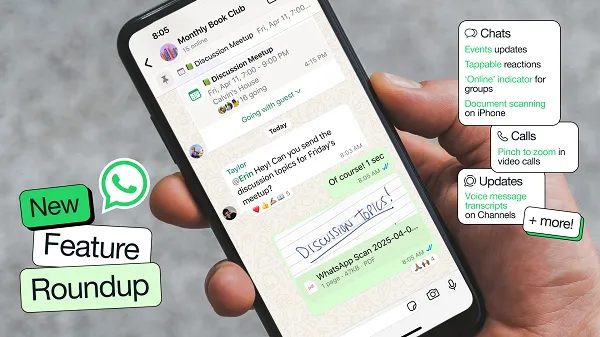


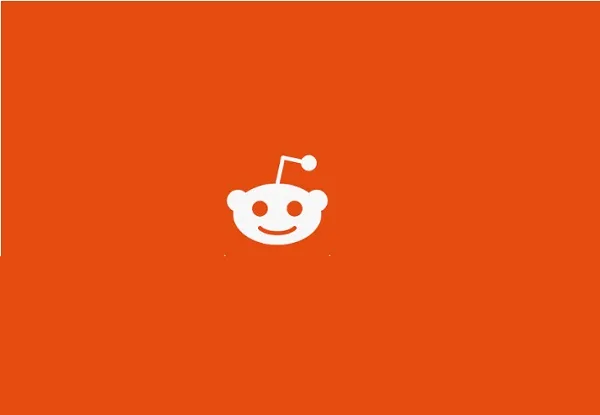







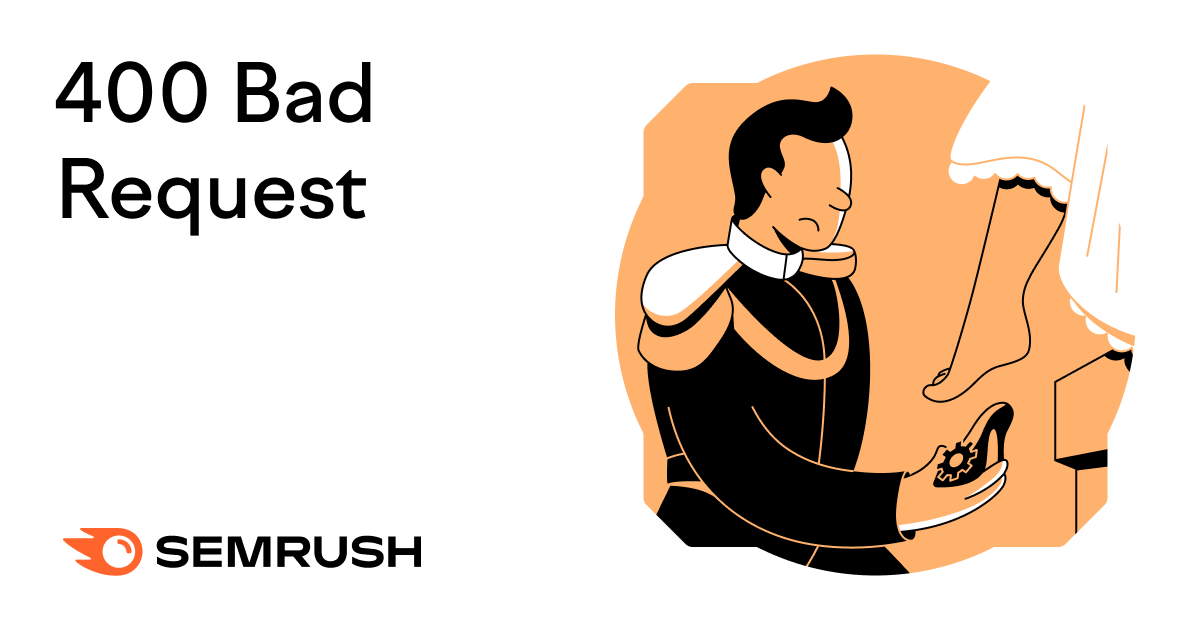











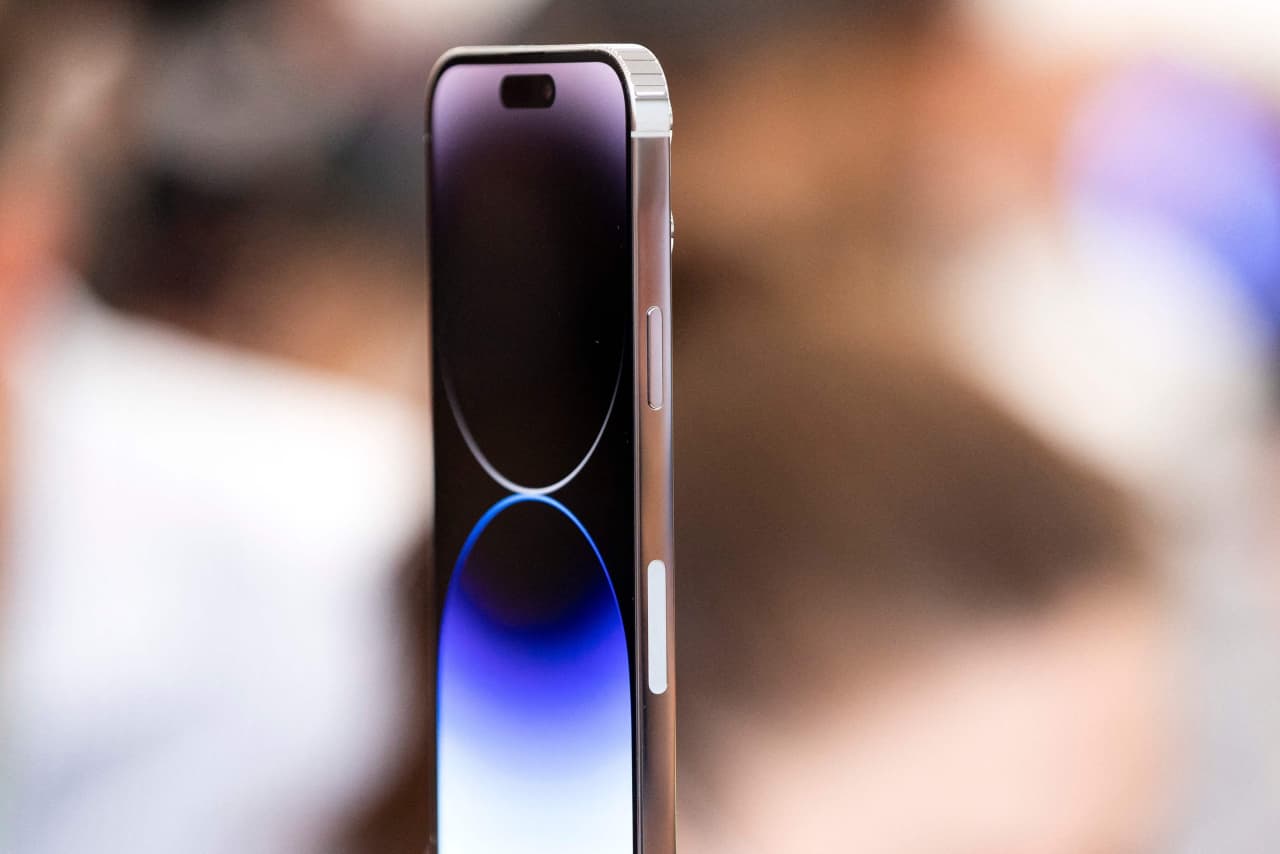



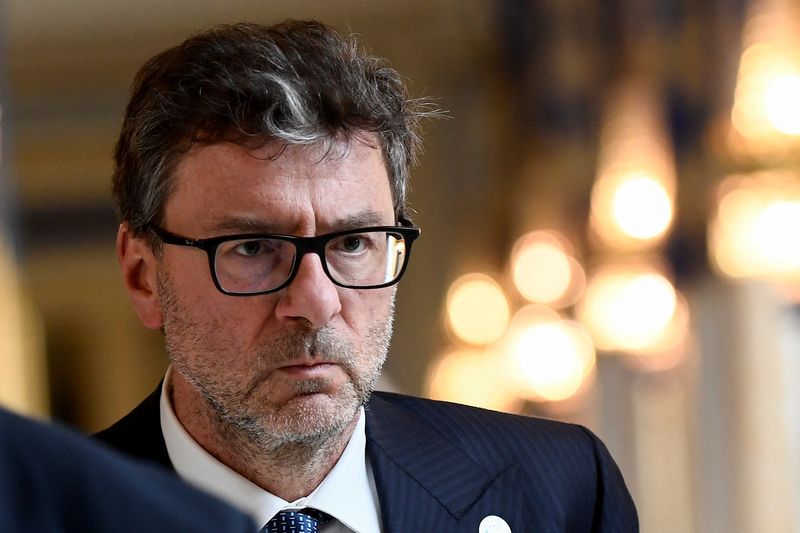
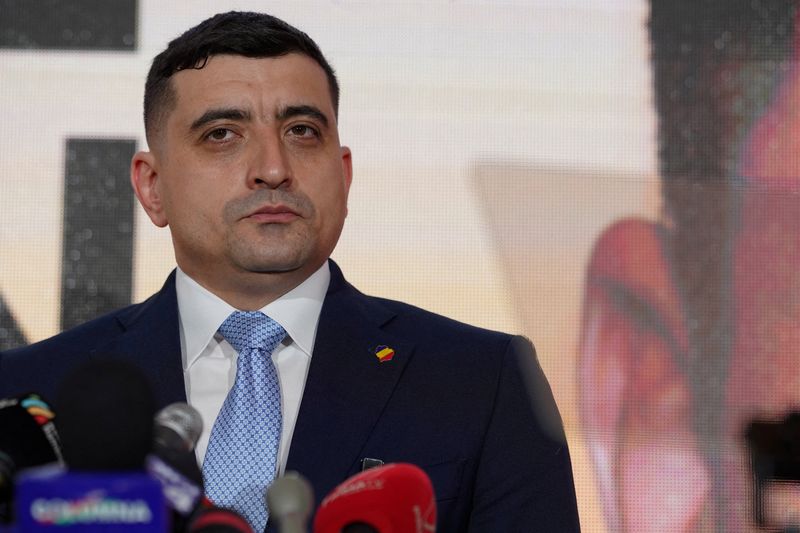









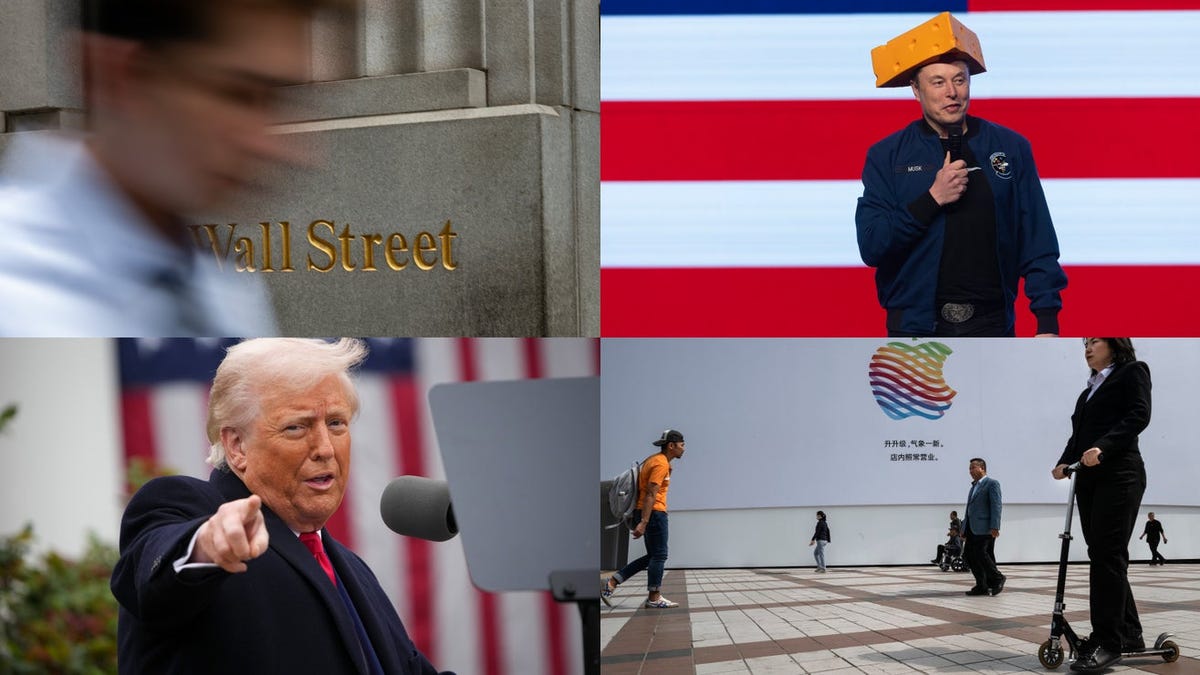
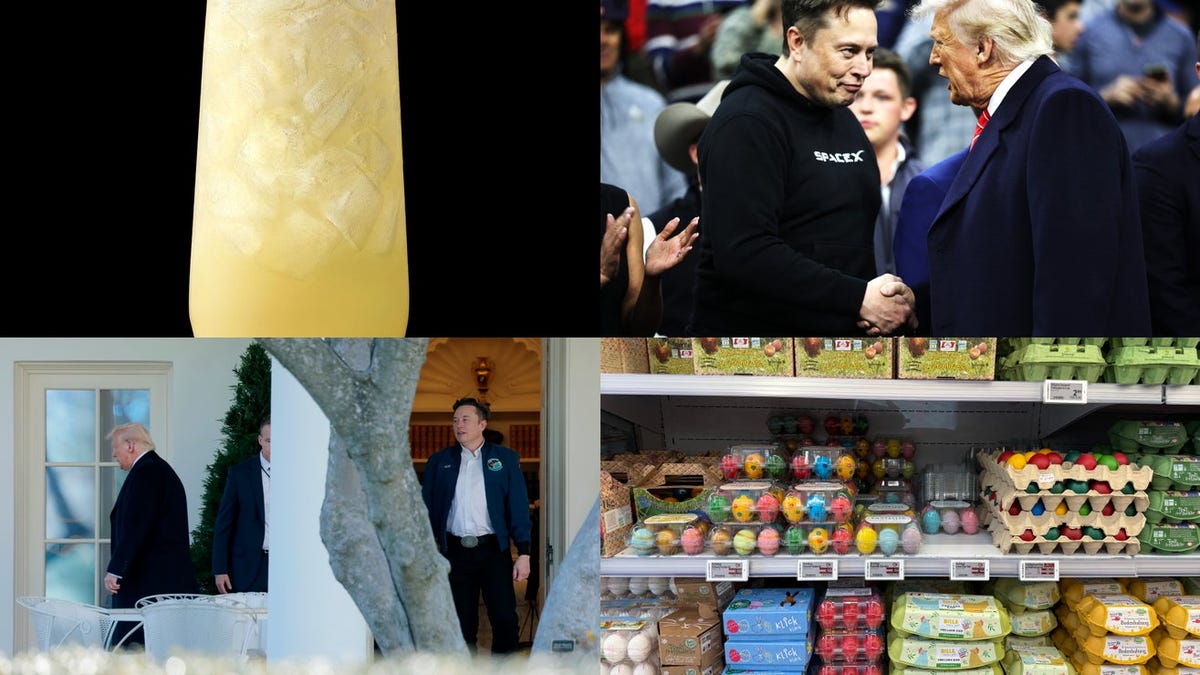
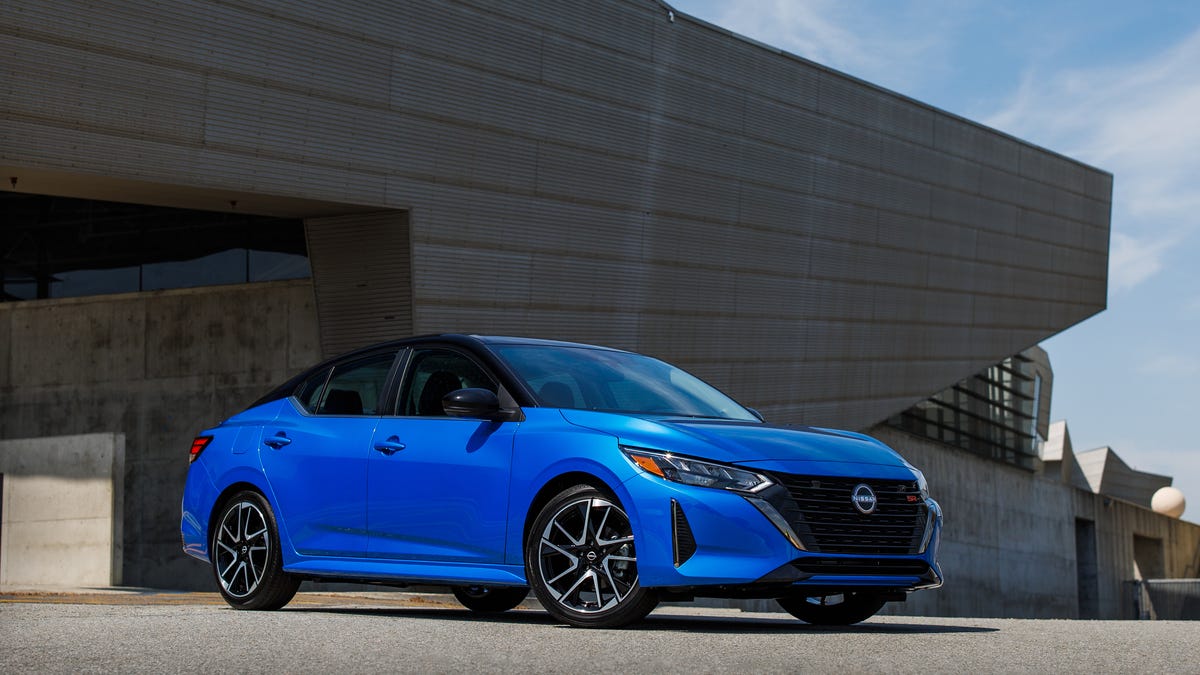












































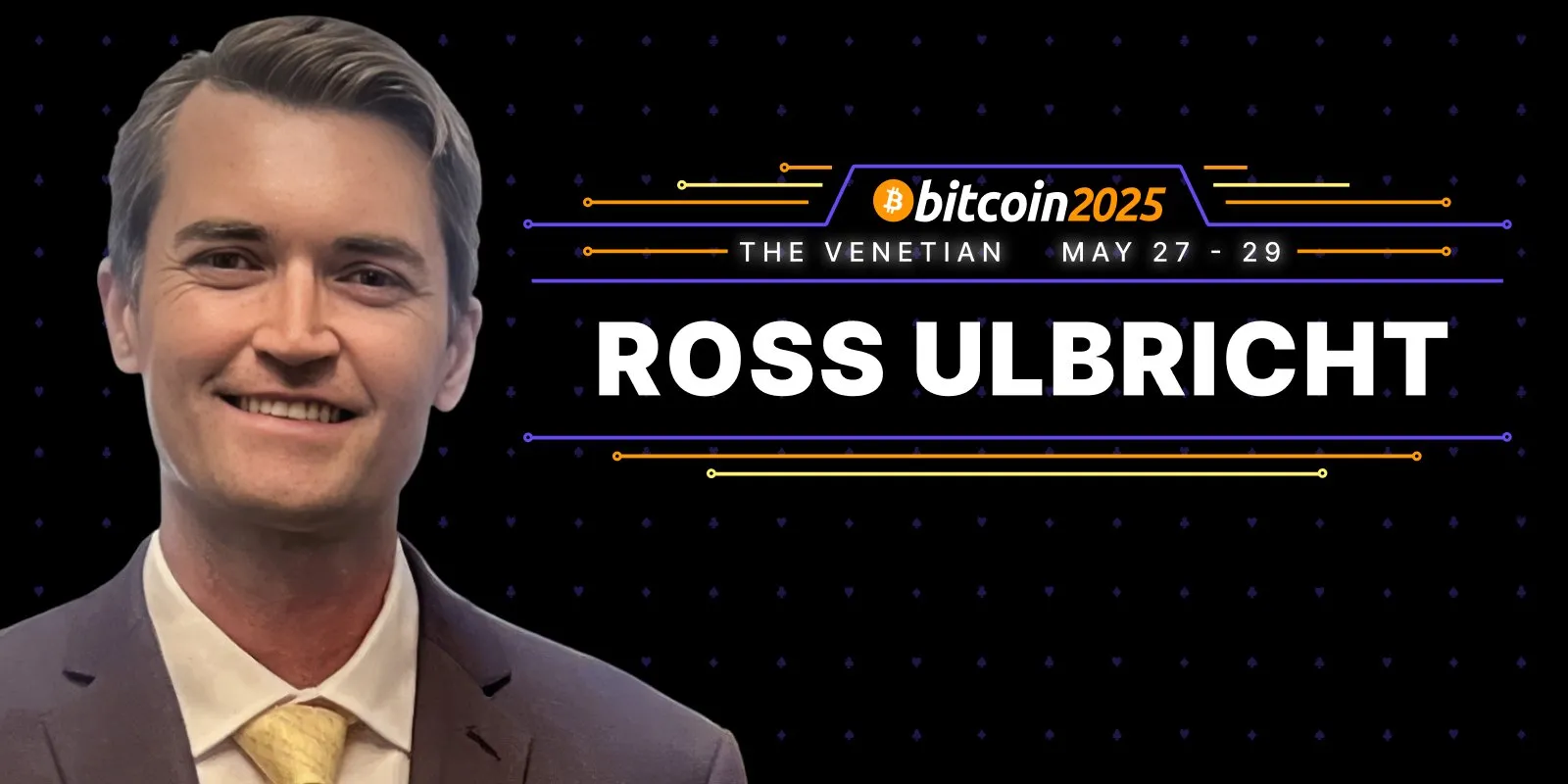

















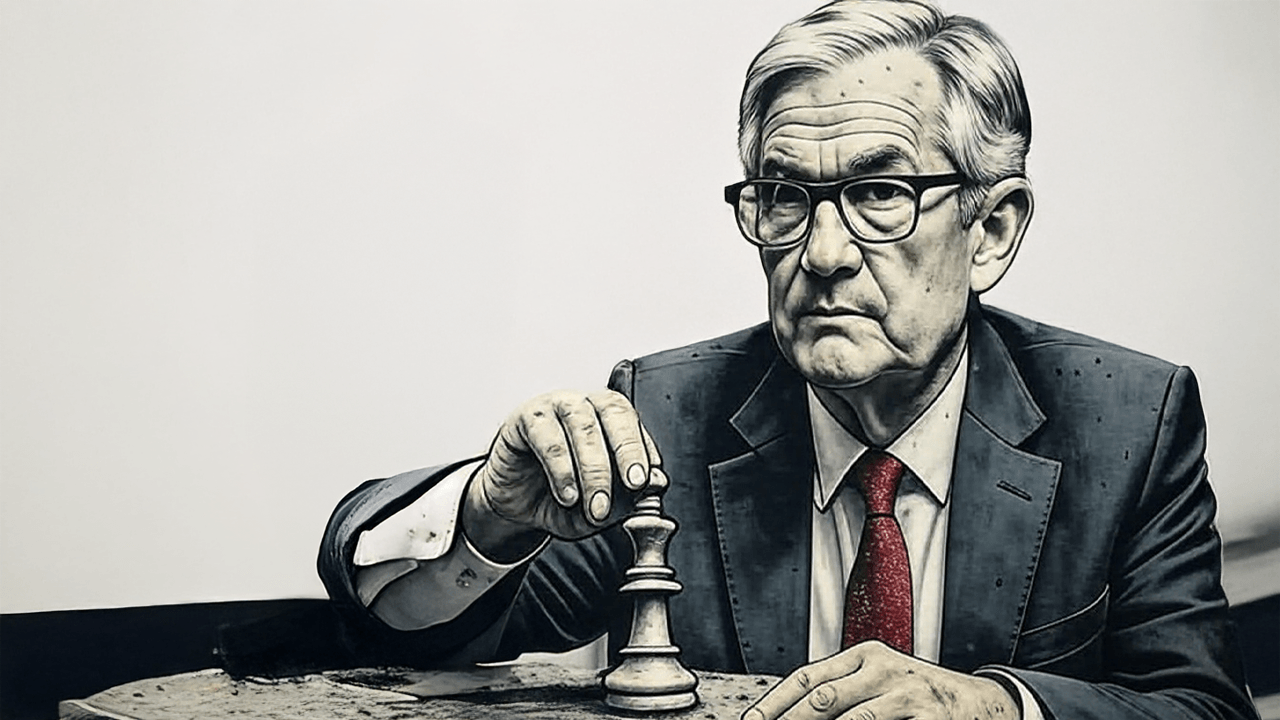





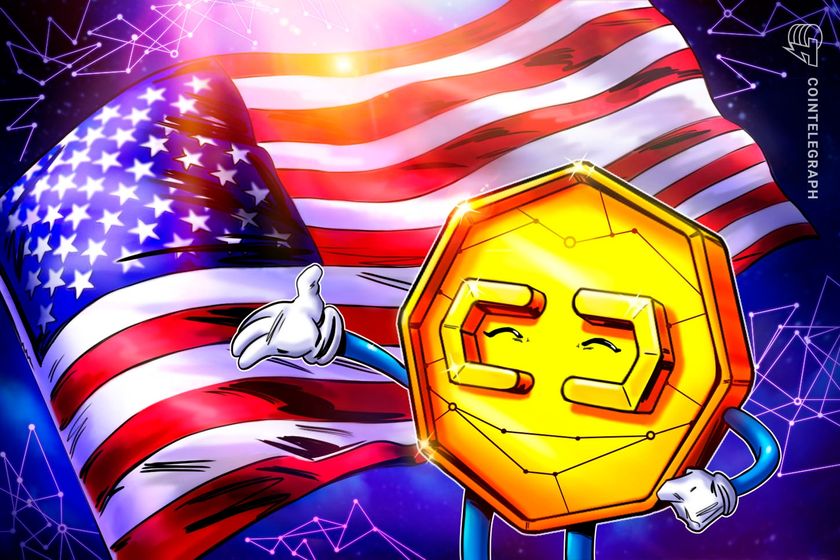


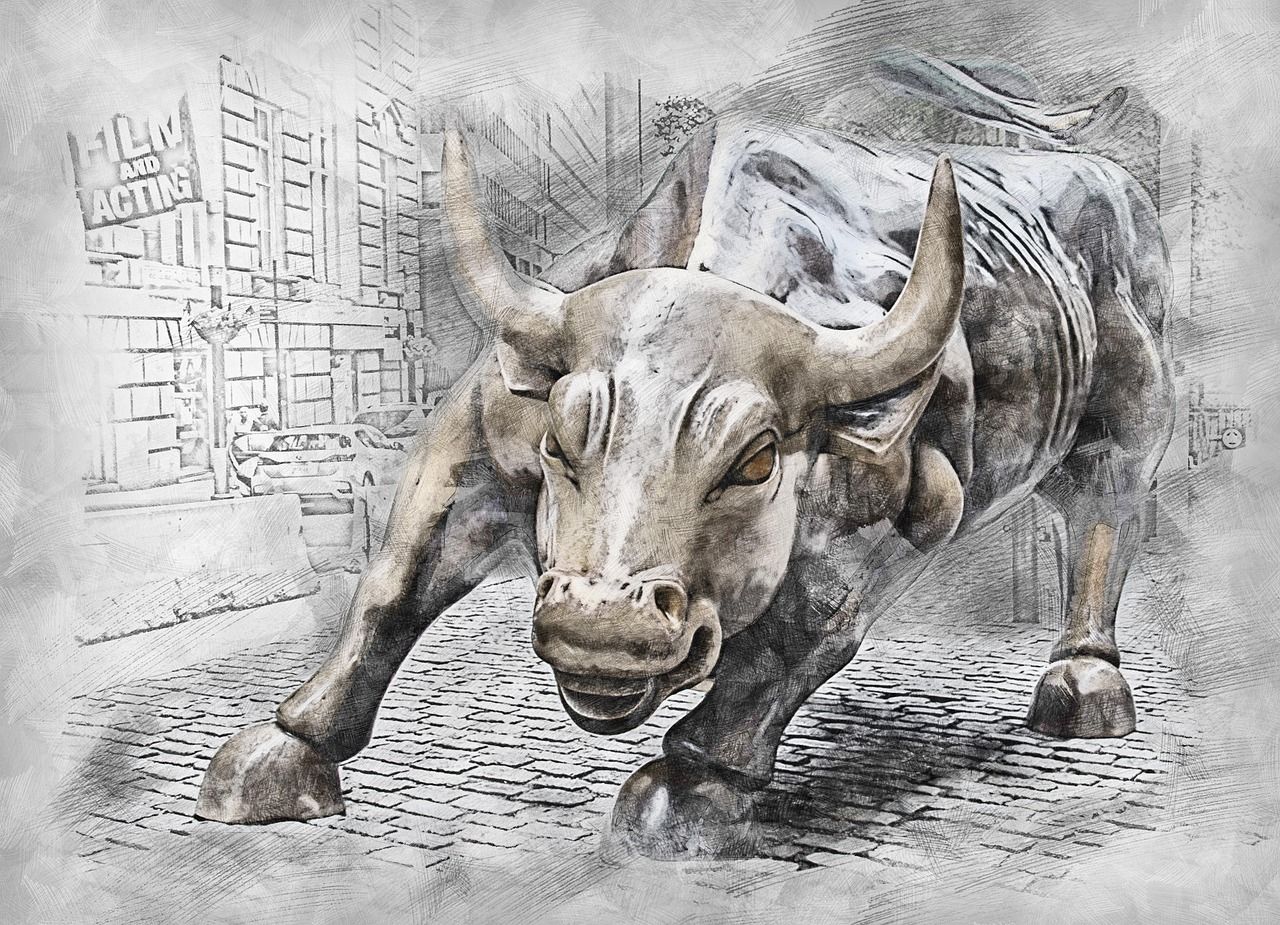

































































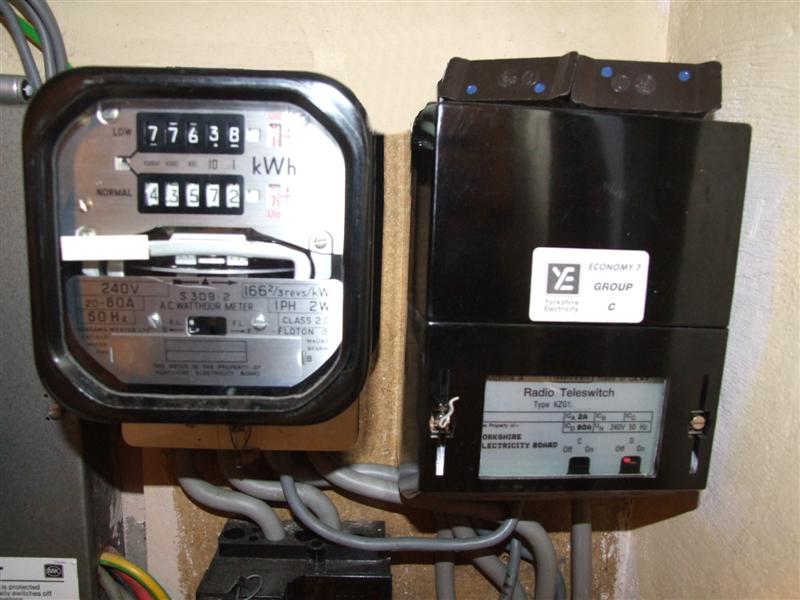


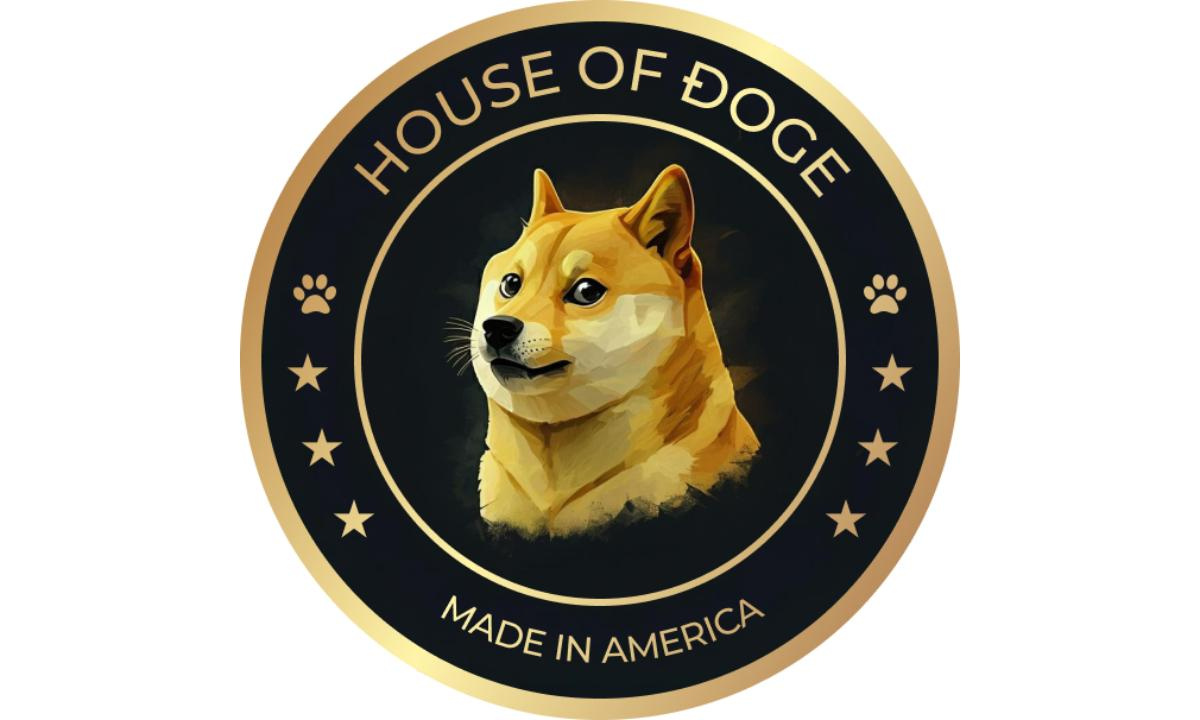

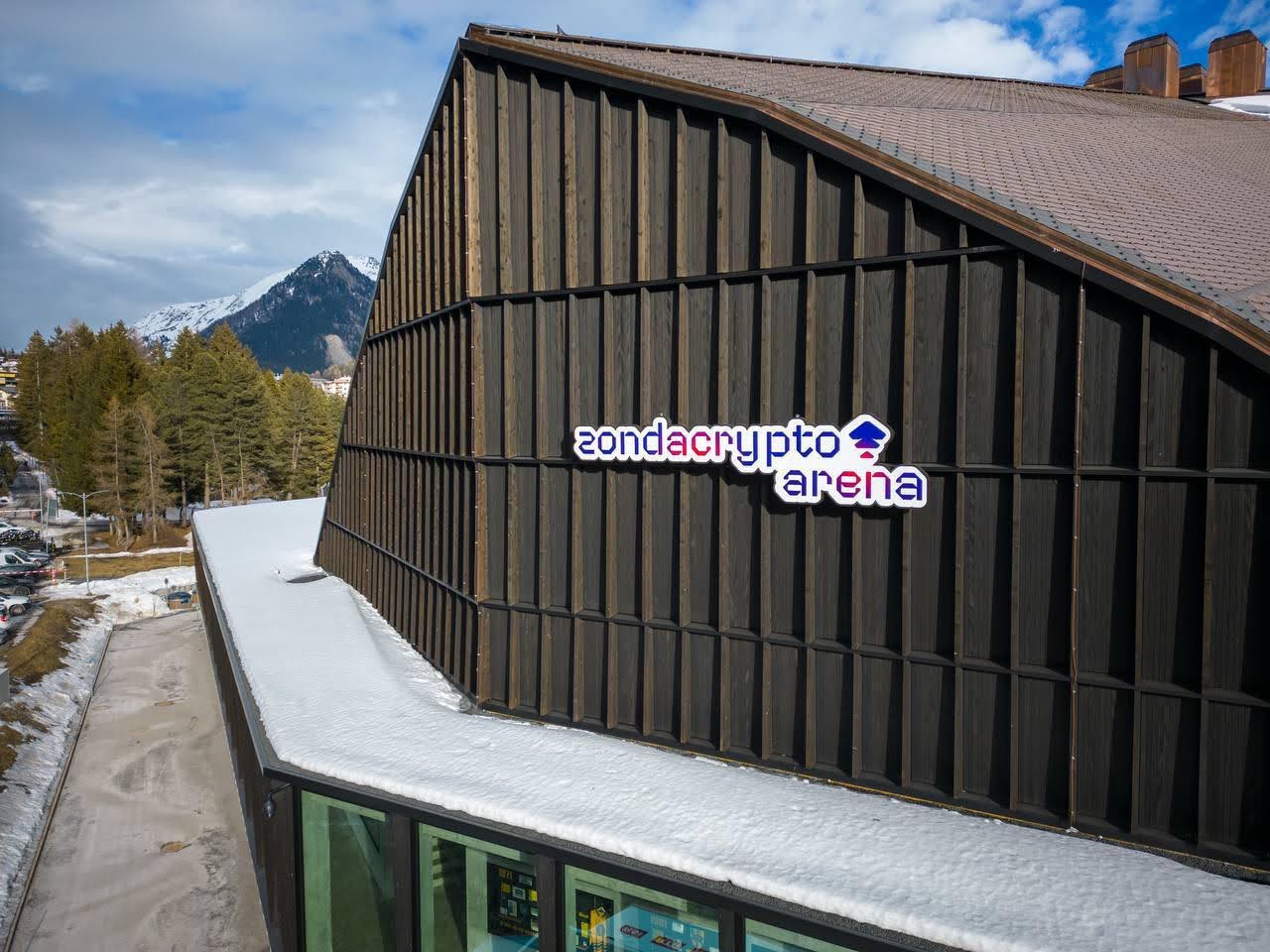
![How to Find Low-Competition Keywords with Semrush [Super Easy]](https://static.semrush.com/blog/uploads/media/73/62/7362f16fb9e460b6d58ccc09b4a048b6/how-to-find-low-competition-keywords-sm.png)


